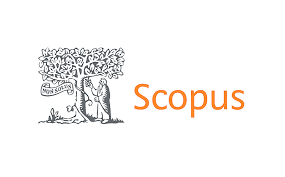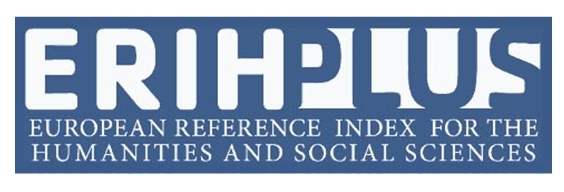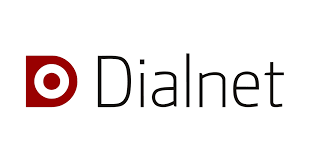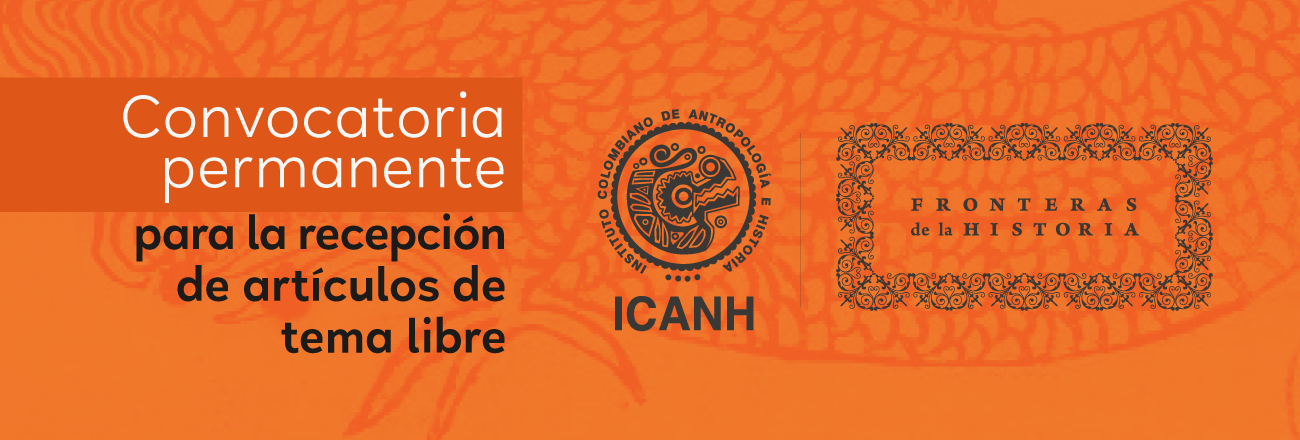Convergence and breaking points in the Latin American and European avant-garde proyects from the early twentieth century
Abstract
The article proposes to articulate a comparative analysis between the European avant-gardes from the early twentieth century, and their link with the Andean avant-gardes from Chile and Perú in the same period. Analyzing the cultural, aesthetic, and political debates established in the cultural networks of the reviews like Amauta or Boletín Titikaka, as well as the European reviews such as MA. In order to understand the convergence and the breaking points in the Latin American reception of the European avant-garde movements during that historical period.
Downloads
References
Alcibíades, M. (1982): Mariátegui, “Amauta” y la vanguardia literaria. Revista de Crítica Literaria Latinoamericana, 8(15), 123–139. https://doi.org/10.2307/4530045
Bértolo, C. (2005): José Carlos Mariátegui crítico literario Source: Guaraguao, Winter, 2005, Año 9, No. 21, Especial literatura y política (Winter, 2005), pp. 53-69 Published by: El Centro de Estudios y Cooperación para América Latina (CECAL)
Bosi, A. (2000): La parábola de las vanguardias latinoamericanas. en “Las vanguardias latinoamericanas”, México: FCE,
Bosshard, M. (2007): Mito y mónada: La cosmovisión andina como base de la estética vanguardista de Gamaliel Churata. Revista Iberoamericana, Vol. LXXIII, Núm. 220, Julio-Septiembre 2007, 515-539.
Cornejo Polar, A. (2003): Escribir en el Aire: Ensayo sobre la heterogeneidad socio-cultural en las literaturas andinas.CELACP. Latinoamericana Editores. Lima.
Ferdinandy, G.(1975): L’oeuvre hispanoamericaine de Zsigmond Remenyik. De Gruyter Mouton. La Haya.
Fernandez, O. (2020): Prólogo. Hacia una modernidad Arcaica de Claudio Berríos. Ediciones Inubicalistas. Valparaíso.
Forgács, E. & Miller,T(2013): The Avant-Garde in Budapest and in Exile in Vienna.The Oxford Critical and Cultural History of Modernist Magazine, Vol 3, Europe 1880-1940.
Goicovic, I. (2003): “La propaganda por los hechos en el movimiento anarquista chileno” (1890 – 1910). Revista de Historia Social y de las Mentalidades, Año VII, Nº 7 (Primavera):1-12.
Guerrero, M. (2013): “El proyecto político de Mariátegui. Función emancipatoria del discurso estético en Amauta (1926-1930)” en Amauta y Babel. Revistas de disidencia cultural. Osvaldo Fernández Díaz - Patricio Gutiérrez Donoso - Braulio Rojas Castro (Editores). Facultad de Humanidades Universidad de Valparaíso.
Jesi, F. (2014): Spartakus. Simbología de la revuelta. Adriana Hidalgo Editora. Buenos Aires.
Katona, E. (2018): Temas hispanos en las revistas de Lajos Kassák. Aisthesis, (64), 91-118. https://dx.doi.org/10.7764/aisth.64.5
Lebrón, P. (2021): Against the Mythological Machine, Towards Decolonial Revolt. Theory & Event 24(3), 787-815. https://doi.org/10.1353/tae.2021.0043.
Mariátegui, J. C. (1959a): El artista y la época. Empresa Editora Amauta. Lima.
Mariátegui, J. C. (1975b): Peruanicemos al Perú. Empresa Editora Amauta. Lima.
Mazzone, M. (2004): Dadaist Text / Constructivist Image: Kassák’s Kéarchitektúra. Hungarian Studies Review, Vol XXXI, Nos. 1-2 (2004).
McCloskey, B. (2008): The Face of Socialism George Grosz and José Carlos Mariátegui’s Amauta Barbara McCloskey. Third Text, Vol. 22, Issue 4, July, 2008, 455–465. DOI: 10.1080/09528820802312277
Melis, A. (2007): Mariátegui frente al estudio de una literatura colonial. Revista Iberoamericana, Vol. LXXIII, Núm. 220, Julio-Septiembre 2007, 487-496.
Monasterios, E. (2015): La vanguardia plebeya del titikaka. Gamaliel Churata y otras beligerancias estéticas en los Andes.La Paz. Plural Editores.
Moretic, Y.(1970): Jose Carlos Mariátegui. Santiago de Chile. Ediciones de la Universidad Técnica del Estado.
Palmier, J. M. (1978): L'expressionnisme comme révolte. Paris. Payot.
Schwartz, J. (2000): Las vanguardias latinoamericanas. México: FCE.
Usandizaga, H. (2012): Introducción al Pez de Oro de Gamaliel Churata. Editorial Cátedra. Madrid.
Copyright (c) 2024 Emilio Guzmán Lagreze

This work is licensed under a Creative Commons Attribution-NonCommercial-ShareAlike 4.0 International License.

Esta obra está bajo licencia internacional Creative Commons Reconocimiento-NoComercial-CompartirIgual 4.0.









_18.09_.00_1.png)


















